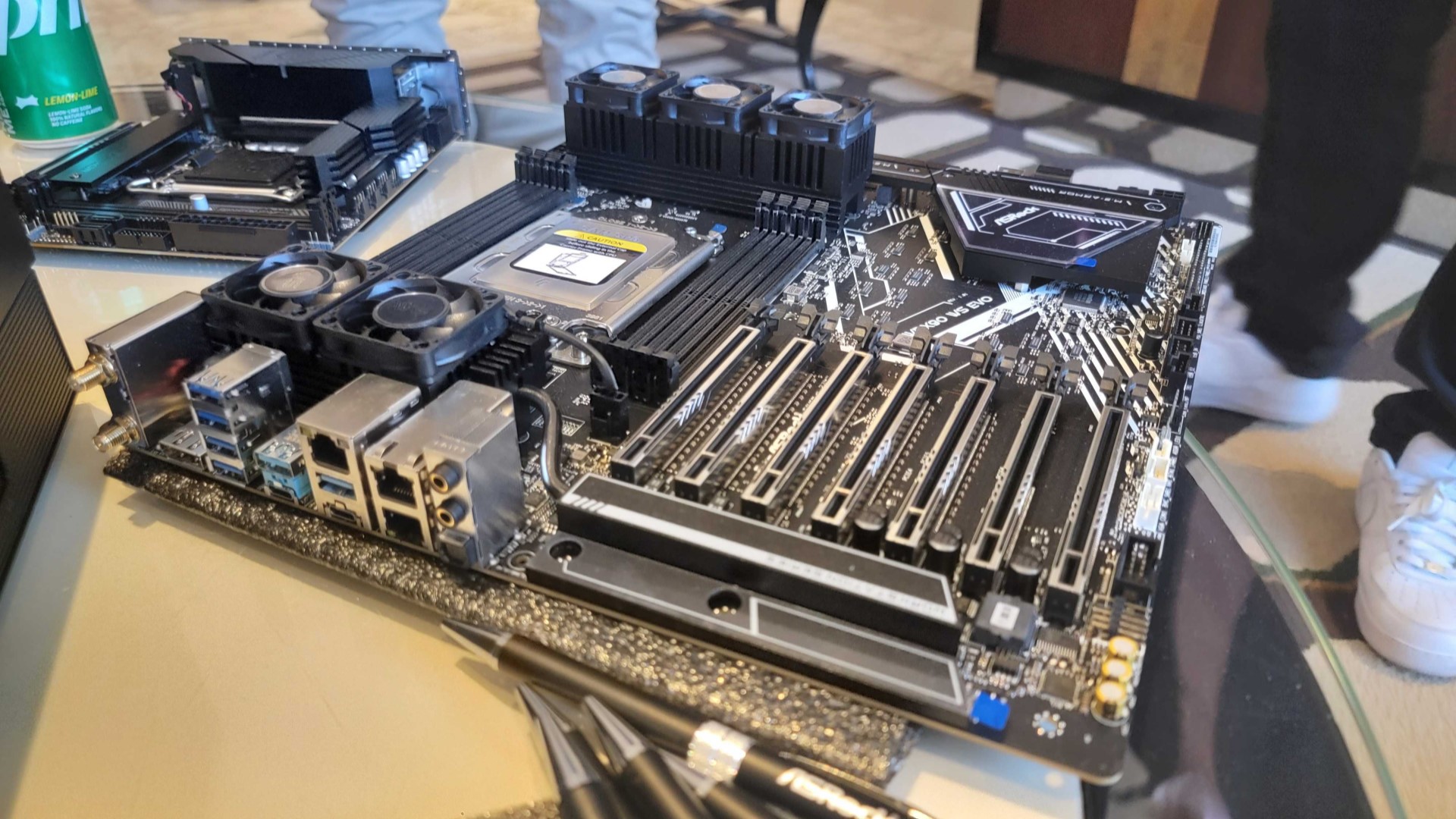PCIe standards group releases draft specification for PCIe 7.0 — full release expected in 2025

The Peripheral Component Interconnect Special Interest Group (PCI-SIG) just released version 0.7 of the PCIe 7.0 specifications for the approval of its members. With the goal of releasing the final specifications in 2025.
The PCI-SIG is the group that sets the standards for the interface that connects the motherboard to other components like the best GPUs, so it must ensure that these interconnects can keep up with hardware advancements and not serve as bottlenecks to future developments. PCI-SIG aims to finalize the specifications for PCIe 7.0 this year to keep up with its target cadence of new standards every three years.
PCIe 7.0 aims to double the limits set by PCIe 6.0 to 128GT/s raw bit rate, which translates to a bi-directional transfer speed of 512GB/s on a 16-lane or x16 configuration. It will also use Pulse Amplitude Modulation with 4 levels (PAM4) signaling introduced in PCIe 6.0, which allows it to encode two bits of data per clock cycle, effectively doubling the data rate versus the signaling tech used in PCIe 4.0 and PCIe 5.0.
The previous version of the PCIe 7.0 draft specifications, version 0.5, was released last April, and it didn’t seem to have received any major revisions in version 0.7. So, if the PCI-SIG members reach a general consensus with this latest release, the group will finalize and publish the standard this year.
However, even if that happens, don’t expect to see PCIe 7.0 SSDs and GPUs arrive on the market any time soon. The PCIe 5.0 standards were released in 2019, but it wasn’t until 2023 that the first PCIe 5.0 SSDs arrived in retail stores. In fact, PCIe 6.0—finalized in January 2022—is still being tested and verified for interoperability in December 2023.
Aside from that, manufacturers also need to deal with various roadblocks when deploying these new technologies, especially as their higher transfer speeds result in ever increasing operating temperatures. Intel is seeing this while working on a PCIe Cooling Driver for Linux, which reduces the SSD’s bandwidth if temperatures get too high. Because of this, we will likely see more and more internal components that require massive heat sinks and active cooling just so that it can run at its advertised speed.
#PCIe #standards #group #releases #draft #specification #PCIe #full #release #expected
